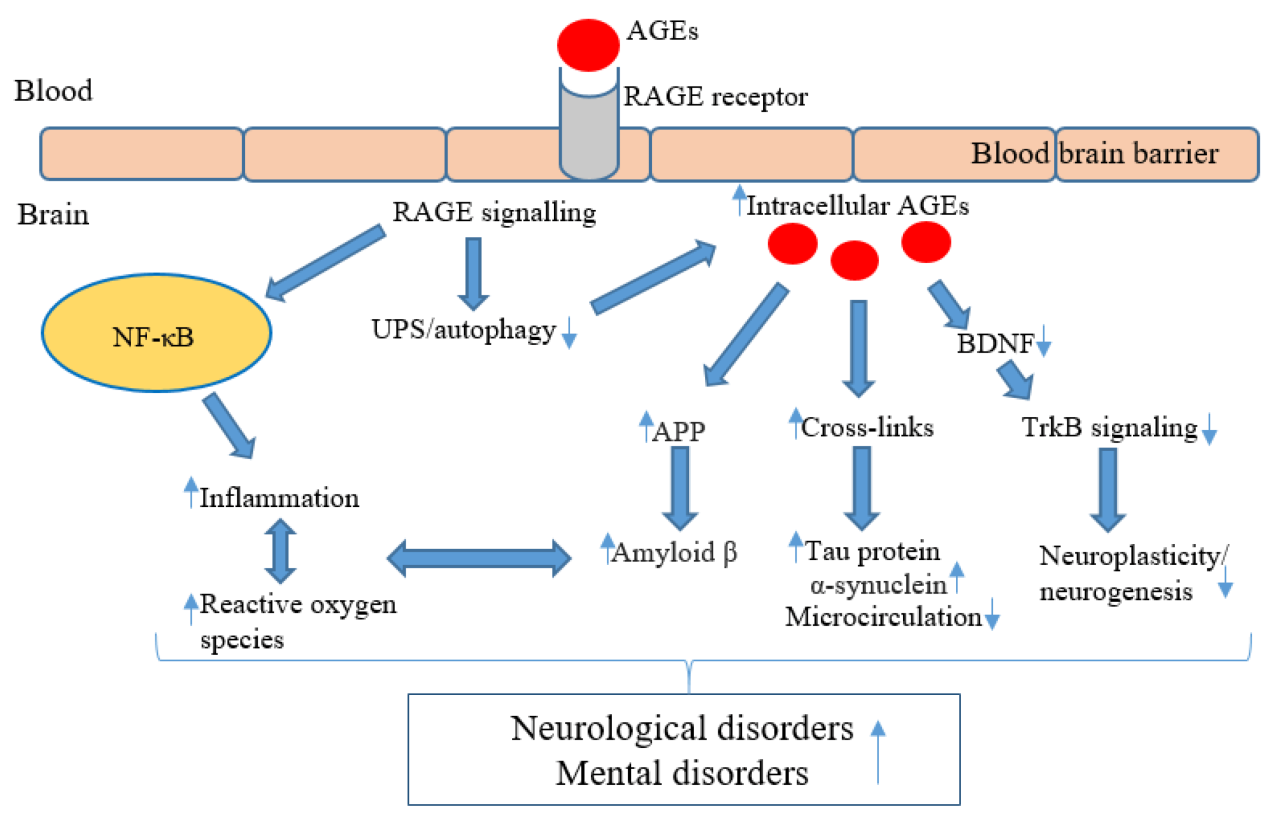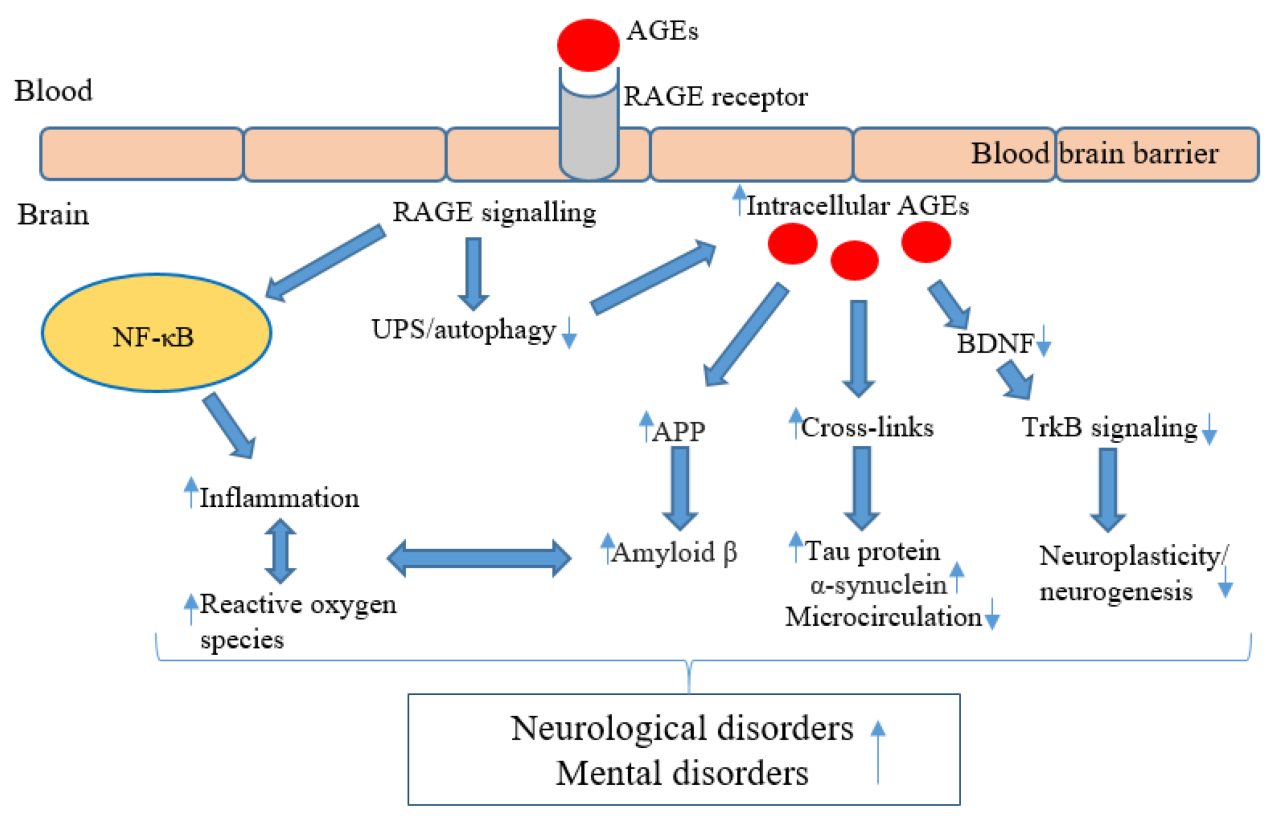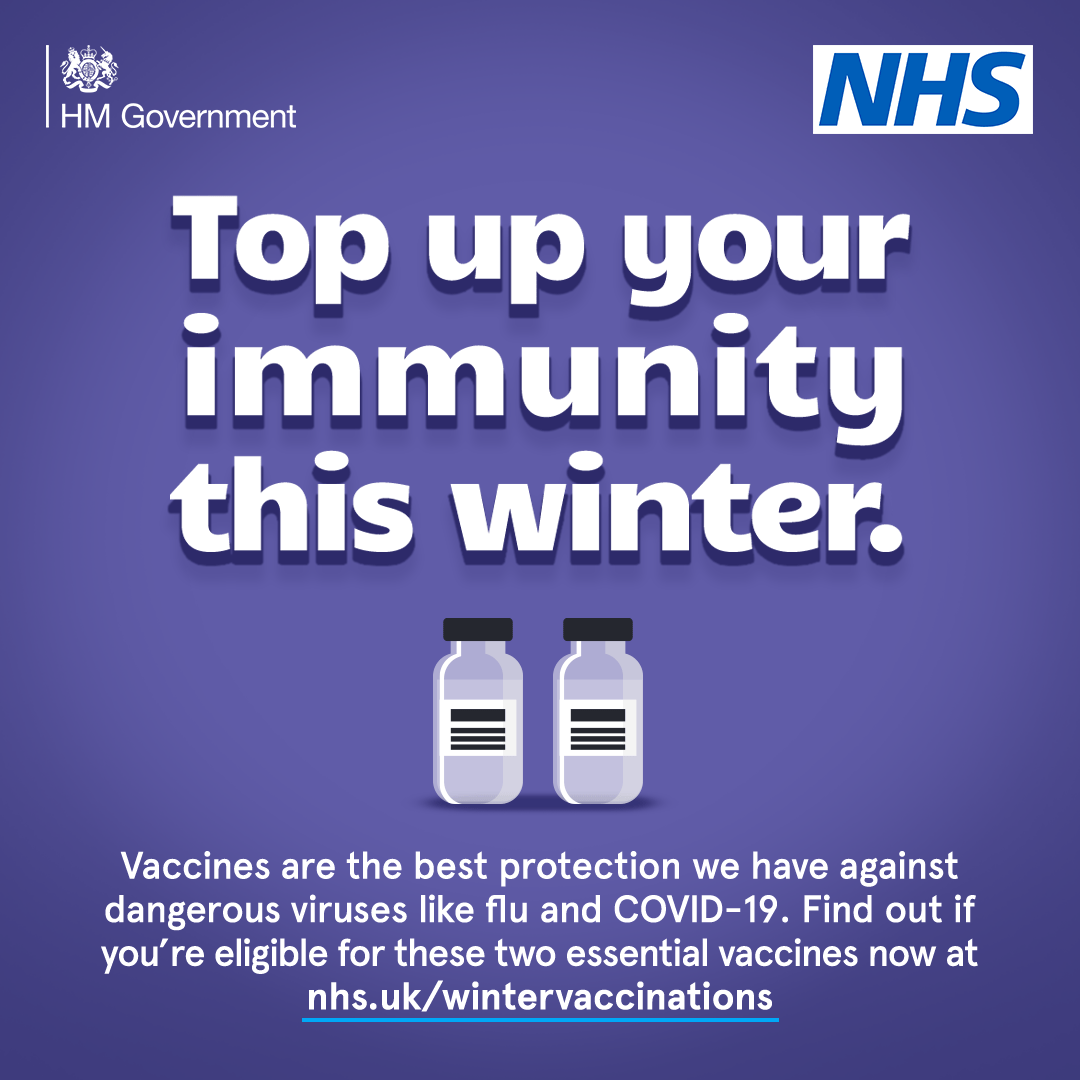Blood tests for diagnosing back pain offer a crucial window into the underlying causes of this common ailment. They can reveal inflammation, infections, or metabolic imbalances that might be contributing to the pain. Understanding the specific blood markers involved and their potential interpretations is essential for accurate diagnosis and effective treatment strategies.
This comprehensive exploration delves into the world of blood tests for back pain, examining their role, limitations, and the crucial context of interpreting results. From identifying inflammatory conditions to assessing infections and metabolic disorders, we’ll navigate the complexities of these diagnostic tools and highlight their value in conjunction with other diagnostic methods.
Introduction to Blood Tests for Back Pain Diagnosis
Blood tests play a crucial role in evaluating back pain, helping healthcare professionals identify underlying conditions that may be causing the pain. While a physical examination and imaging studies (like X-rays or MRIs) are often the first steps in diagnosing back pain, blood tests can provide valuable insights into potential systemic issues. These tests can help determine if the back pain is related to infections, inflammatory conditions, or other medical problems that may not be immediately apparent.The general principle behind using blood tests for back pain diagnosis is to look for markers or indicators of systemic diseases or conditions that could be contributing to the pain.
These markers, when present in abnormal quantities, can suggest underlying problems. For example, elevated levels of certain inflammatory markers may indicate an inflammatory condition affecting the spine, while abnormal levels of certain blood components could point towards infections or metabolic disorders. This approach allows doctors to narrow down the potential causes and guide further investigations.
Common Blood Tests Used in Back Pain Diagnosis
Various blood tests can be employed in the diagnostic process for back pain. These tests aim to detect signs of infection, inflammation, or other systemic issues that might be contributing to the pain. Common tests include complete blood counts (CBC), erythrocyte sedimentation rate (ESR), C-reactive protein (CRP), and specific markers for infections or metabolic disorders. The choice of test depends on the suspected underlying cause of the back pain and the patient’s medical history.
Overview of Common Blood Tests, Blood tests for diagnosing back pain
| Blood Test | Purpose in Relation to Back Pain | Typical Reference Ranges | Potential Implications for Back Pain |
|---|---|---|---|
| Complete Blood Count (CBC) | Evaluates the number and types of blood cells. Can indicate infection, anemia, or other blood disorders that might be contributing to back pain. | White blood cell count (WBC): 4,500-11,000/µL Hemoglobin (Hgb): 12-18 g/dL Hematocrit (Hct): 37-52% |
Elevated WBCs may suggest infection. Low hemoglobin or hematocrit may indicate anemia, which could be a factor in back pain. |
| Erythrocyte Sedimentation Rate (ESR) | Measures the rate at which red blood cells settle in a sample of blood. A high ESR often indicates inflammation. | Normal: 0-20 mm/hr (varies by age and gender) | Elevated ESR suggests inflammation, which might be related to conditions like arthritis, infections, or autoimmune diseases, potentially contributing to back pain. |
| C-Reactive Protein (CRP) | A marker of inflammation in the body. Elevated CRP levels indicate inflammation, often more acute than what ESR measures. | Normal: Less than 10 mg/L | Elevated CRP levels suggest active inflammation, which may indicate conditions like infections or autoimmune disorders, potentially affecting the back. |
| Infectious Disease Panels | Identify specific infections that may be causing back pain, such as bacterial or viral infections. | Specific to the infection being tested for. | Abnormal results on these panels can pinpoint infections affecting the spine or surrounding tissues. |
| Metabolic Panels | Assess the levels of electrolytes, glucose, and other metabolic components in the blood. | Varies by component (e.g., sodium, potassium, glucose). | Abnormal results might suggest underlying metabolic disorders or conditions that could be linked to back pain. |
Specific Blood Tests for Back Pain Diagnosis
Understanding the underlying cause of back pain is crucial for effective treatment. Blood tests play a vital role in identifying various conditions that can manifest as back pain, ranging from inflammatory diseases to infections and metabolic disorders. These tests help pinpoint the specific cause, guiding clinicians towards the most appropriate course of action.
Inflammatory Conditions
Inflammatory conditions like ankylosing spondylitis and rheumatoid arthritis can cause significant back pain. Blood tests are frequently used to detect these conditions. Key indicators include elevated levels of inflammatory markers.
- C-reactive protein (CRP): CRP is a protein produced by the liver in response to inflammation. Elevated CRP levels suggest an inflammatory process, potentially indicating conditions like ankylosing spondylitis or rheumatoid arthritis. A high CRP may also indicate an infection, injury, or other inflammatory diseases. It’s important to consider other factors in conjunction with the CRP level.
- Erythrocyte sedimentation rate (ESR): ESR measures the rate at which red blood cells settle in a sample of blood. An elevated ESR often accompanies inflammation. Similarly to CRP, a high ESR can be a sign of various inflammatory diseases and should be interpreted alongside other diagnostic information.
- Specific autoantibodies: Tests for specific autoantibodies, like rheumatoid factor (RF) and anti-cyclic citrullinated peptide (anti-CCP) antibodies, can help distinguish between different inflammatory conditions. For example, a positive RF or anti-CCP test is highly suggestive of rheumatoid arthritis, while an elevated CRP or ESR could point to several different issues.
Infections
Infections, such as osteomyelitis (bone infection) and septic arthritis, can cause severe back pain. Blood tests are essential for diagnosing and monitoring these infections.
- Complete blood count (CBC): A CBC provides information about different components of the blood, including white blood cell (WBC) count. An elevated WBC count often suggests an infection. However, a normal WBC count doesn’t rule out infection; additional tests are usually required.
- Blood cultures: Blood cultures are crucial for identifying the specific organism causing an infection. This allows for targeted antibiotic treatment. Blood cultures are essential in determining the presence of bacteria or other pathogens in the bloodstream.
- Serum procalcitonin: Procalcitonin is a protein produced in response to bacterial infections. Elevated levels can help distinguish bacterial infections from other causes of inflammation.
Metabolic Disorders
Metabolic disorders, such as Paget’s disease of bone and hypercalcemia, can contribute to back pain. Blood tests can aid in identifying these conditions.
- Calcium levels: Monitoring calcium levels is essential in diagnosing hypercalcemia, a condition characterized by elevated blood calcium. Hypercalcemia can stem from various causes, including certain cancers and some metabolic disorders, and can result in back pain.
- Alkaline phosphatase (ALP): Elevated ALP levels may indicate Paget’s disease of bone. ALP is an enzyme involved in bone metabolism. Elevated levels often suggest increased bone turnover.
- Parathyroid hormone (PTH) levels: PTH levels are checked to assess the role of the parathyroid glands in calcium regulation. Imbalances in PTH can lead to hypercalcemia, which can manifest as back pain.
Blood Markers Table
| Condition | Blood Marker | Clinical Significance | Example Interpretation |
|---|---|---|---|
| Ankylosing Spondylitis | CRP, ESR | Elevated levels indicate inflammation. | High CRP and ESR suggest ongoing inflammatory process. |
| Osteomyelitis | CBC (elevated WBC), Blood Cultures | Elevated WBC and positive blood cultures indicate bacterial infection. | Elevated WBC count and positive blood culture for Staphylococcus aureus. |
| Paget’s Disease | ALP | Elevated levels suggest increased bone turnover. | Markedly elevated ALP levels with other supporting evidence. |
| Hypercalcemia | Calcium | Elevated calcium levels indicate high blood calcium. | Serum calcium significantly above the normal range. |
Limitations and Considerations of Blood Tests in Back Pain Diagnosis
Blood tests can be valuable tools in assessing the underlying causes of back pain, but they are not always sufficient on their own. They can offer clues, but often fail to pinpoint the precise source of the discomfort. It’s crucial to understand the limitations of blood tests and the importance of a comprehensive diagnostic approach that incorporates other methods.While blood tests can detect inflammatory markers, infections, or certain metabolic disorders, they rarely provide a definitive diagnosis for back pain.
A nuanced understanding of these limitations is essential for guiding further investigations and ensuring appropriate patient management.
Limitations of Blood Tests in Isolating the Specific Cause of Back Pain
Blood tests are typically helpful in identifying systemic issues contributing to back pain, but they rarely pinpoint the precise anatomical location or nature of the problem. For example, elevated inflammatory markers might suggest an underlying condition like arthritis, but they don’t specify whether the arthritis is affecting the spine directly or another part of the body. Similarly, blood tests may indicate an infection, but not necessarily the specific site of the infection within the back.
Importance of Considering Other Diagnostic Tools
A comprehensive diagnostic approach should always include a combination of methods. Blood tests are only one piece of the puzzle. A thorough physical examination is crucial to evaluate range of motion, muscle strength, and neurological function. Imaging techniques, such as X-rays, CT scans, or MRIs, provide detailed visual representations of the spine and surrounding structures, revealing potential fractures, herniated discs, or other structural abnormalities.
These imaging studies can confirm or rule out specific diagnoses that blood tests might not detect.
Situations Where Blood Tests May Not Be Sufficient
In many cases, blood tests alone are not sufficient to diagnose back pain. For instance, if the back pain is localized to a specific area and accompanied by symptoms like numbness or weakness, further investigations, such as nerve conduction studies, are necessary to assess the integrity of the nerve roots. Similarly, if the pain is related to mechanical issues, such as a slipped disc or spinal stenosis, imaging studies are crucial for confirming the diagnosis.
Blood tests are often part of diagnosing back pain, checking for underlying conditions like infections or inflammatory issues. While exploring potential causes, it’s also interesting to consider lifestyle factors, such as diet. For example, a healthy diet rich in good fats, like those found in olive oil, might influence blood pressure, a topic I’ve explored in more depth in my research on does olive oil lower your blood pressure.
Ultimately, blood tests can provide crucial information, helping determine the best course of action for managing back pain.
Need for a Comprehensive Clinical Evaluation
A complete clinical evaluation is essential in managing back pain effectively. This includes a detailed patient history, a thorough physical examination, and appropriate imaging studies, in addition to blood tests. A multidisciplinary approach, potentially involving specialists like physical therapists or neurosurgeons, can be vital for a precise diagnosis and tailored treatment plan. For example, a patient with persistent back pain, accompanied by fever and chills, might require additional blood tests to rule out serious infections.
Interpreting Blood Test Results in the Context of Back Pain
Understanding blood test results in the context of back pain is crucial for accurate diagnosis and effective treatment. While blood tests alone cannot definitively diagnose back pain, they can provide valuable clues about underlying conditions that might be contributing to the pain. A complete evaluation, combining blood test findings with a thorough patient history, physical examination, and imaging studies, leads to a more comprehensive picture of the patient’s condition.Blood tests can reveal subtle markers of inflammation, infection, or other systemic issues that might manifest as back pain.
The interpretation of these results must always be considered in conjunction with the patient’s clinical presentation and other diagnostic findings. A high white blood cell count, for example, might suggest an infection, but further investigation is needed to pinpoint the location and nature of the infection.
Examples of Blood Test Results and Potential Diagnoses
Blood tests can provide clues to different potential diagnoses. For instance, elevated erythrocyte sedimentation rate (ESR) and C-reactive protein (CRP) levels often indicate inflammation, which could be a symptom of conditions like ankylosing spondylitis, rheumatoid arthritis, or infections. A high erythrocyte sedimentation rate (ESR) and C-reactive protein (CRP) could point towards inflammatory conditions, but more detailed investigation is essential.
Typical Blood Test Results in Various Back Pain Conditions
Different back pain conditions can produce varying blood test results. For example, infections in the spine can lead to elevated white blood cell counts and other inflammatory markers. Cancerous conditions affecting the spine or other parts of the body can also produce unusual blood test results. Identifying these patterns helps in distinguishing between different potential causes of back pain.
Table of Possible Blood Test Results, Potential Diagnoses, and Further Diagnostic Steps
| Possible Blood Test Results | Potential Diagnoses | Corresponding Further Diagnostic Steps | Clinical Considerations |
|---|---|---|---|
| Elevated white blood cell count, elevated ESR, elevated CRP | Infection (e.g., spinal infection), inflammatory conditions (e.g., ankylosing spondylitis, rheumatoid arthritis) | Imaging studies (e.g., X-rays, MRI), cultures (to identify the specific organism), further evaluation of inflammatory markers | Consider the patient’s symptoms, recent infections, and other risk factors. |
| Elevated rheumatoid factor (RF) | Rheumatoid arthritis | Anti-CCP antibodies, imaging studies, further inflammatory markers | RF can be elevated in other conditions, so additional tests are necessary. |
| Elevated alkaline phosphatase, calcium, and/or phosphorus levels | Bone metastases, Paget’s disease, or other bone-related disorders | Imaging studies (e.g., X-rays, bone scans), further biochemical tests | Consider patient’s history, risk factors for bone diseases, and other symptoms. |
| Normal blood test results | Mechanical back pain, muscle strains, or other non-inflammatory conditions | Physical examination, imaging studies (e.g., X-rays, MRI), or other specialized tests as appropriate | While normal results don’t rule out a condition, it often suggests a different path of investigation. |
Clinical Judgment in Interpreting Blood Test Results
Interpreting blood test results for back pain requires clinical judgment.
Blood tests aren’t usually the first line of defense for diagnosing back pain. Often, imaging and physical exams are crucial. However, sometimes you just can’t seem to get a clear answer, which can be frustrating. In those situations, exploring alternative diagnostic methods like blood tests might be a helpful step, especially if the pain is persistent or linked to other potential underlying conditions.
To better understand the experience of navigating this uncertainty, check out this helpful resource on when you cant get a diagnosis. This can be especially true when a more in-depth investigation into possible causes is needed, which blood tests can help with.
The results must be considered within the context of the patient’s overall health, medical history, and symptoms. For example, an elevated ESR might be more significant in a patient with a known history of inflammatory arthritis than in a younger patient with no such history. The presence or absence of other symptoms, such as fever, chills, or weight loss, can also influence the interpretation of the blood test results.
Blood tests are sometimes used to help pinpoint the cause of back pain, checking for things like infections or inflammatory conditions. However, if you’re wondering about getting tested for STIs, you can find more information about can I get an STD blood test here. Ultimately, the right blood tests for diagnosing back pain will depend on your specific symptoms and medical history.
A thorough evaluation of all available information is essential.
Illustrative Case Studies of Blood Test Application: Blood Tests For Diagnosing Back Pain
Blood tests, while not always the sole diagnostic tool for back pain, can provide crucial insights into underlying conditions. These tests can help identify inflammatory markers, infections, or metabolic imbalances that might be contributing to the pain. Case studies offer valuable demonstrations of how blood tests can be incorporated into a comprehensive diagnostic approach.Understanding the interplay between symptoms, physical examination findings, and blood test results is vital in making accurate diagnoses and developing effective treatment plans.
These case studies showcase the importance of considering blood tests alongside other diagnostic methods to gain a clearer picture of the patient’s condition.
Case Study 1: Identifying Inflammatory Arthritis
This case involves a 45-year-old female presenting with persistent low back pain, stiffness, and morning joint pain. Physical examination revealed limited range of motion in the lumbar spine and tenderness in multiple joints. Blood tests showed elevated levels of inflammatory markers, including erythrocyte sedimentation rate (ESR) and C-reactive protein (CRP).
- The elevated inflammatory markers strongly suggested an inflammatory condition, potentially related to arthritis.
- Further investigations, including imaging studies (X-rays or MRI) and specific rheumatoid factor tests, confirmed the diagnosis of rheumatoid arthritis.
- The patient responded well to anti-inflammatory medication and physical therapy, highlighting the importance of early diagnosis and intervention.
Case Study 2: Ruling Out Infection
A 28-year-old male presented with acute onset of severe back pain, fever, and chills. Physical examination revealed localized tenderness and muscle guarding in the lumbar region. Blood tests revealed elevated white blood cell count (WBC) and elevated inflammatory markers.
- The elevated WBC and inflammatory markers indicated a possible infection.
- Further investigations, including imaging studies (CT or MRI) and cultures of body fluids, confirmed the presence of a localized spinal infection (discitis).
- The patient was promptly treated with intravenous antibiotics, demonstrating the importance of prompt intervention for suspected infections.
Case Study 3: Evaluating for Metabolic Disorders
A 65-year-old male presented with chronic low back pain, radiating to the left leg. Physical examination was unremarkable, except for mild muscle weakness in the left leg. Blood tests revealed elevated levels of calcium and parathyroid hormone (PTH).
- Elevated calcium and PTH levels suggest a potential metabolic disorder, such as hyperparathyroidism.
- Further investigations, including imaging studies (ultrasound or CT scan) of the parathyroid glands, confirmed the diagnosis of hyperparathyroidism.
- The patient’s back pain was successfully managed by addressing the underlying metabolic condition and managing the elevated calcium levels.
Future Trends in Blood Tests for Back Pain Diagnosis

The current landscape of blood tests for diagnosing back pain is constantly evolving. As research progresses, we’re seeing exciting developments in the field, promising more accurate and efficient diagnostic tools in the future. These advancements have the potential to significantly improve patient care by allowing for earlier and more precise identification of underlying conditions contributing to back pain.The future of blood tests in back pain diagnosis lies not only in identifying existing biomarkers but also in developing novel techniques for detecting subtle changes in the body’s response to injury or disease.
This proactive approach will help in the early detection of conditions and potentially lead to more effective interventions. This evolution will hopefully lead to better outcomes for patients experiencing chronic or acute back pain.
Emerging Technologies in Blood Testing
Advanced technologies like proteomics and metabolomics are poised to revolutionize the way we approach blood tests for back pain. Proteomics examines the entire set of proteins in the blood, while metabolomics analyzes metabolites, the small molecules involved in biochemical reactions. These techniques offer a more comprehensive view of the body’s biochemical state, potentially revealing subtle changes indicative of specific conditions.
This more detailed approach could lead to the identification of new biomarkers, providing a more precise diagnostic tool.
New Biomarkers for Back Pain Conditions
Researchers are actively investigating new blood markers that could potentially identify specific conditions associated with back pain. One area of focus is inflammation-related markers. Inflammation plays a crucial role in many back pain conditions. The identification of specific inflammatory markers in blood could aid in distinguishing between different types of back pain and guiding treatment strategies.
Combination of Blood Tests with Other Diagnostic Methods
Future diagnostic strategies will likely integrate blood tests with other imaging and clinical assessments. For instance, combining blood tests with MRI or CT scans could provide a more complete picture of the patient’s condition. This integration would help clinicians differentiate between various potential causes of back pain. For example, a blood test showing elevated inflammatory markers, coupled with an MRI revealing a herniated disc, could strengthen the diagnosis and guide treatment choices.
Potential Advancements in the Area
Future advancements in blood tests for back pain diagnosis are expected to bring several benefits. These include improved diagnostic accuracy, earlier detection of conditions, more personalized treatment strategies, and reduced reliance on invasive procedures. Furthermore, improved cost-effectiveness of blood tests compared to imaging techniques is also anticipated, potentially increasing accessibility for patients. The potential for early detection could lead to more timely interventions and better outcomes, reducing the long-term impact of back pain on individuals.
Ultimate Conclusion

In conclusion, blood tests are valuable tools in the diagnostic process for back pain, but they are not a standalone solution. A holistic approach, integrating blood tests with imaging, physical examination, and clinical judgment, is paramount. This exploration underscores the importance of understanding the limitations and considerations surrounding blood tests for back pain, ultimately aiming for a more accurate and comprehensive understanding of the underlying causes and appropriate treatment plans.





![Best RV Portable Waste Tank [2020] | Top Motorhome Reviews Best time to drink chia seeds for weight loss](https://healthandstyleplus.com/wp-content/uploads/2025/06/BestPicks-1.png)



















